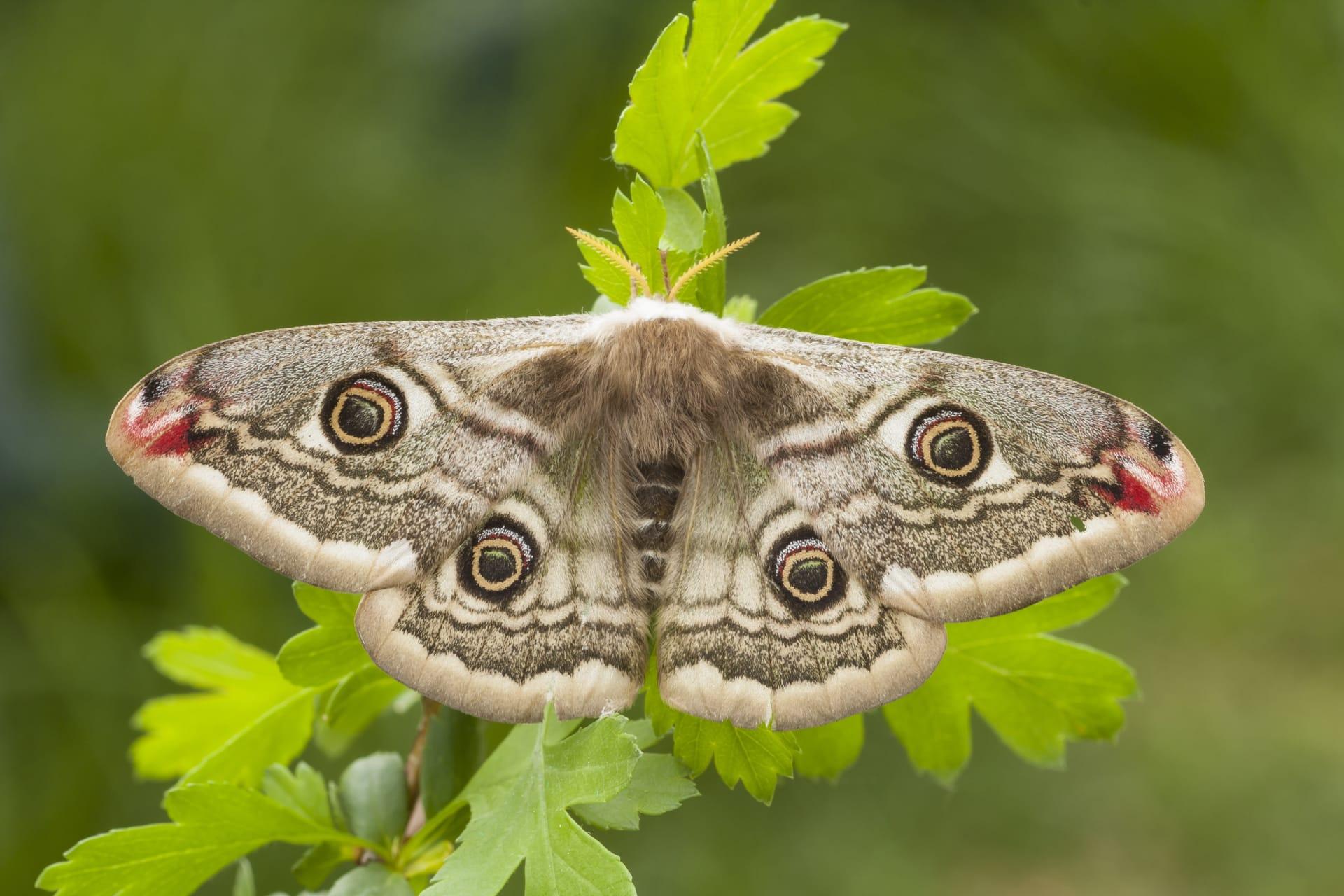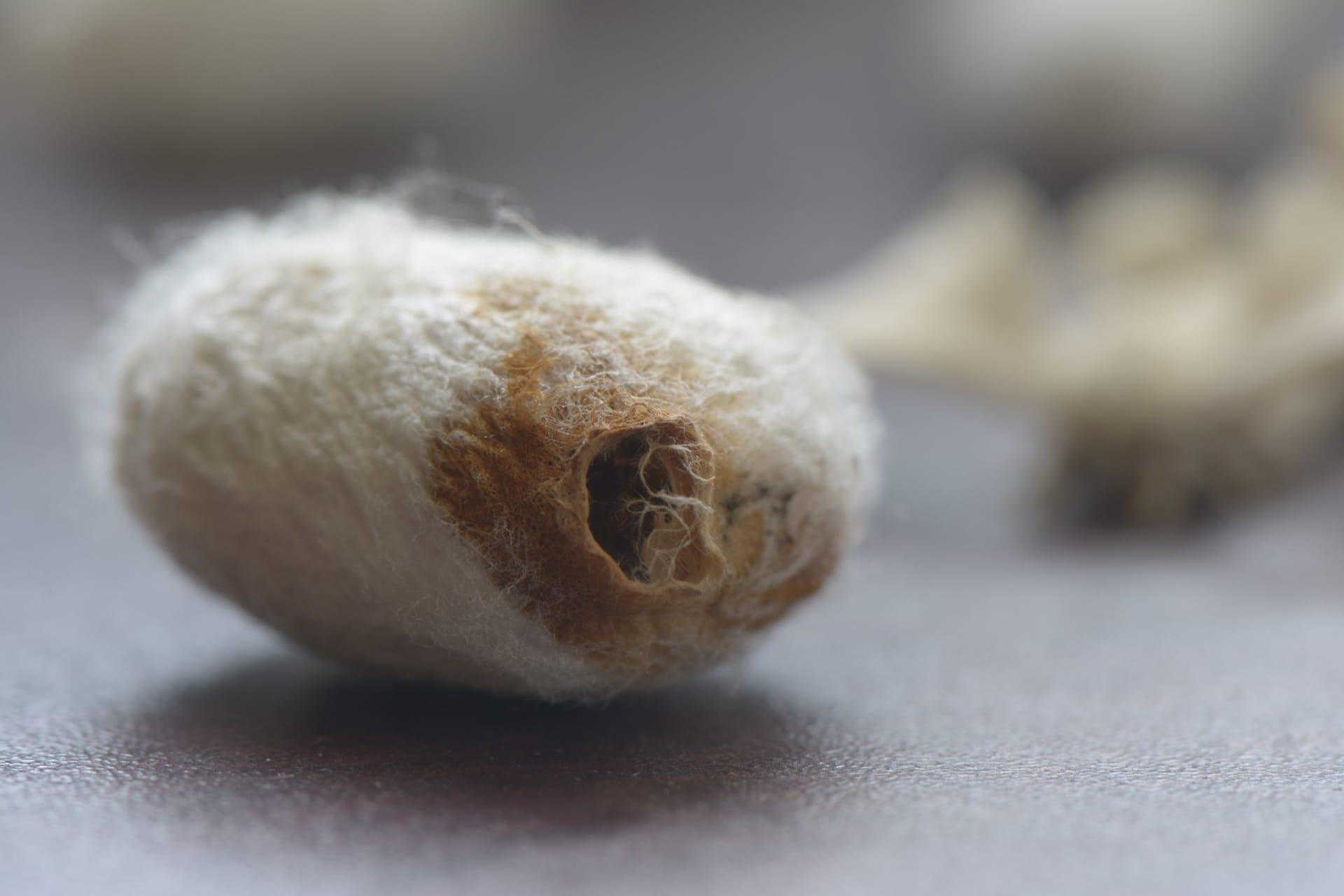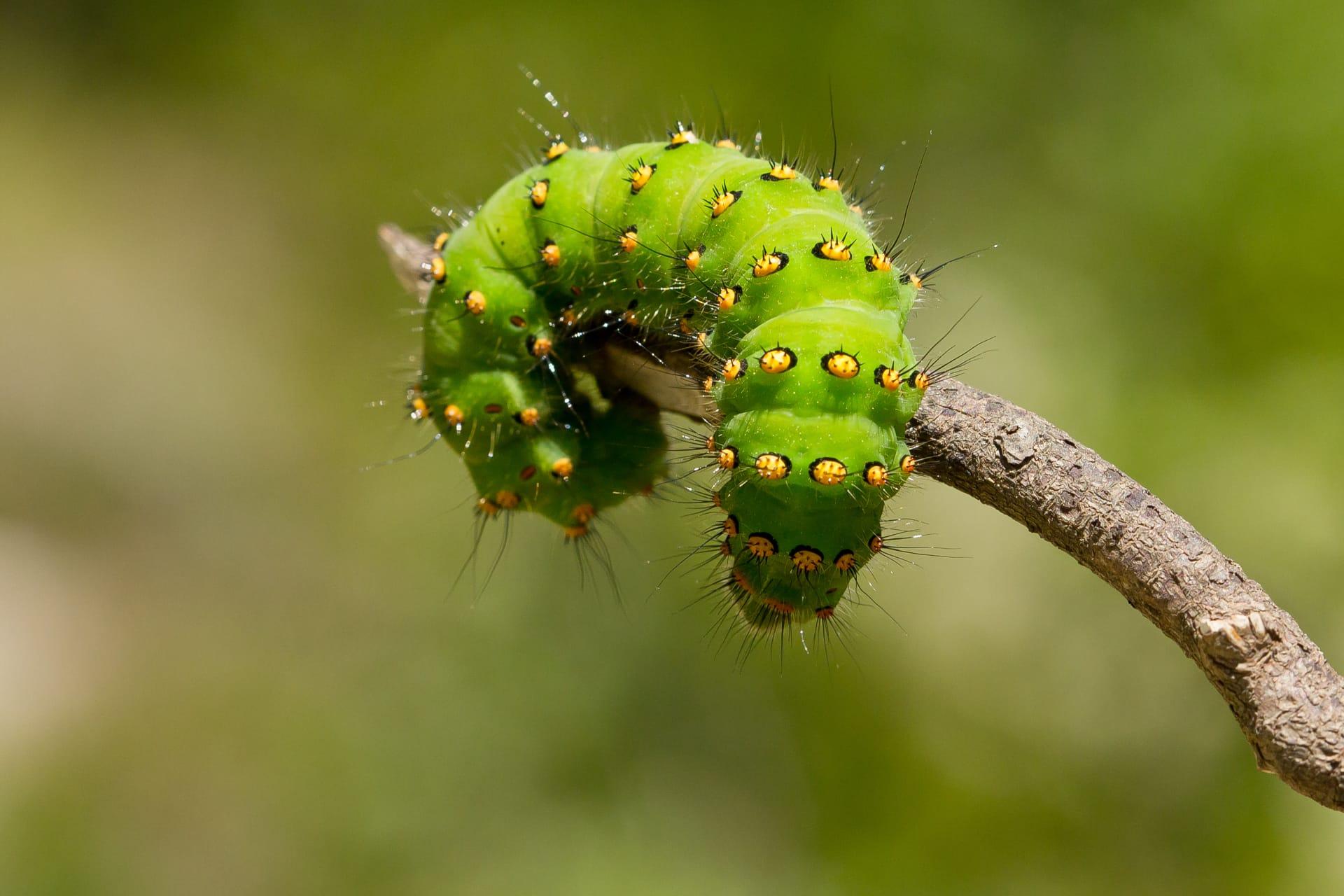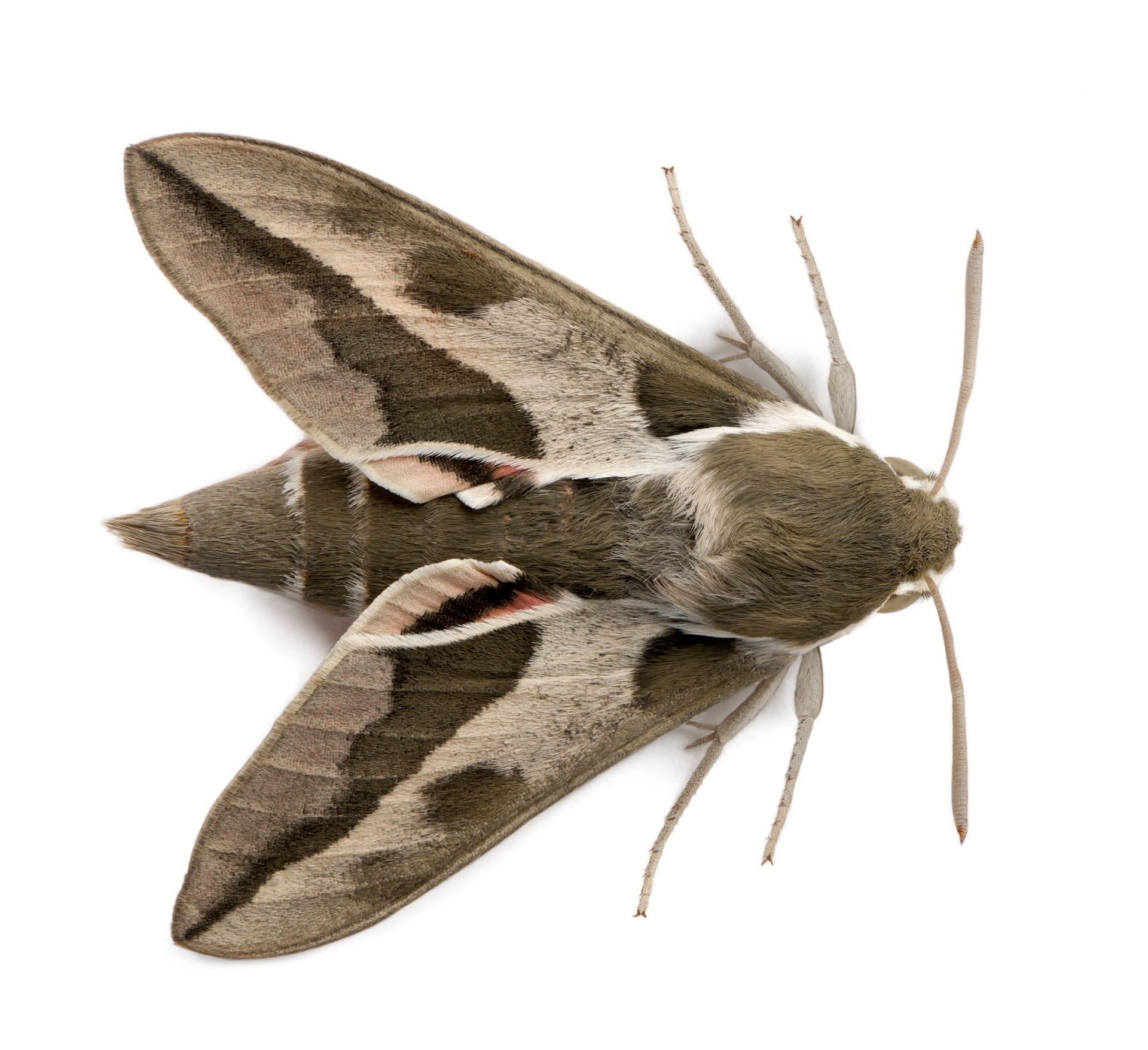Moths Characteristics
- Home /
- Mini Encyclopedia /
- Animal /
- Moths Characteristics
1
Moths, intriguing creatures of the night, exhibit a remarkable variety of sizes across different species. Their body size can range from a mere 3 millimeters to an impressive 30 centimeters in wingspan. These nocturnal insects lead relatively brief lives, with lifespans varying from a week to several months, depending on the species. Their survival is intricately linked to their physical characteristics, which are adapted for their unique lifestyles.
One of the most fascinating organs of a moth is its antennae. Unlike butterflies, moths often have feathery or comb-like antennae, which serve a critical role in their survival. These antennae are highly sensitive to pheromones, enabling moths to detect potential mates from distances up to several kilometers away. This extraordinary sensitivity is crucial for reproduction, especially considering the short lifespan of many moth species.

2
Question: Why are moths attracted to lights at night?
Answer: Moths are drawn to lights due to a phenomenon known as positive phototaxis. This behavior is thought to be an evolutionary mishap. In nature, moths navigate by flying at a constant angle relative to a natural light source, such as the moon. Artificial lights confuse their navigation system, causing them to fly toward the light. This attraction is not just a random flight pattern; moths often spiral toward the light source. The intensity and wavelength of the light also play a role, with some lights being more attractive to moths than others.

3
Moths exhibit fascinating flight characteristics. Many species are capable of hovering, much like hummingbirds, allowing them to feed on nectar from flowers. Their flight patterns can be erratic, with rapid changes in direction and speed. This flight style helps them evade predators, as it makes their movements less predictable. Some species can reach impressive speeds, making them agile and difficult to catch.
When it comes to feeding, adult moths typically rely on a liquid diet. They use their long, straw-like proboscis to sip nectar from flowers. This feeding style requires a high degree of precision, as they must carefully insert their proboscis into the flower while hovering in the air. For larvae, the diet is more varied and often includes leaves, stems, and other plant parts. The larvae are responsible for the ‘caterpillar’ stage, where they consume large amounts of food to fuel their transformation into adult moths.

4
Moths are adaptable creatures, found in a wide range of environments. They inhabit forests, meadows, marshes, and even urban areas. Their ability to survive in diverse climates, from tropical jungles to arctic tundras, is a testament to their evolutionary success. Moths typically prefer environments where they can easily find food sources, such as flowering plants for nectar and suitable host plants for their larvae.
The reproductive process of moths is fascinating. Females release pheromones to attract males, leading to mating. After mating, the female lays eggs, often on the underside of leaves or in protected crevices. The number of eggs laid varies significantly by species, ranging from a few dozen to several thousand. The eggs hatch into larvae, which is the most feeding-intensive stage of their life cycle. After sufficient growth, the larvae enter the pupal stage, eventually emerging as adult moths.

5
Book: "Moths: Marvels of the Night Sky" by Dr. Evelyn Fielding. This comprehensive guide, published in the USA in 2010, offers an in-depth look into the mysterious world of moths. Dr. Fielding, an entomologist, explores various moth species, their behaviors, and adaptations. The book is richly illustrated, making it accessible to both casual readers and serious enthusiasts. It also delves into conservation efforts and the importance of moths in ecosystems.
Book: "The Secret Life of Moths" by Jonathan Atwood, published in the UK in 2015. Atwood, a nature writer, brings a narrative approach to the world of moths, blending science with storytelling. The book focuses on the cultural and historical significance of moths, their role in folklore and art, and their ecological importance. It provides a unique perspective on these often-overlooked creatures, highlighting their beauty and the challenges they face in the modern world.